Review: Meze Audio’s Newest Headphones Deliver Premium Sound and Plush Comfort

While hearing music through speakers accounts for about 95 percent of my audio listening, there are times when a more intimate, close-up “look” into a recording is just what the doctor ordered. That’s where good headphones can reveal all the intricate detail and refinement contained on the master tapes.
As in the world of loudspeakers, each headphone gives up a recording’s “inner secrets” to a greater or lesser degree, excelling in some arenas and maybe not so much in others. It’s for the listener to determine which characteristics are most important, such as transient response, transparency, bass extension, or timbral accuracy conveying that all-important midrange “rightness.”
More from Robb Report
How the DeLorean DMC-12 Inspired Cambridge Audio's Newest Amp
This Sleek New Turntable Will Add a Dose of Minimalism to Any Room
The 10 Best Portable Bluetooth Speakers for Rocking Out Anywhere
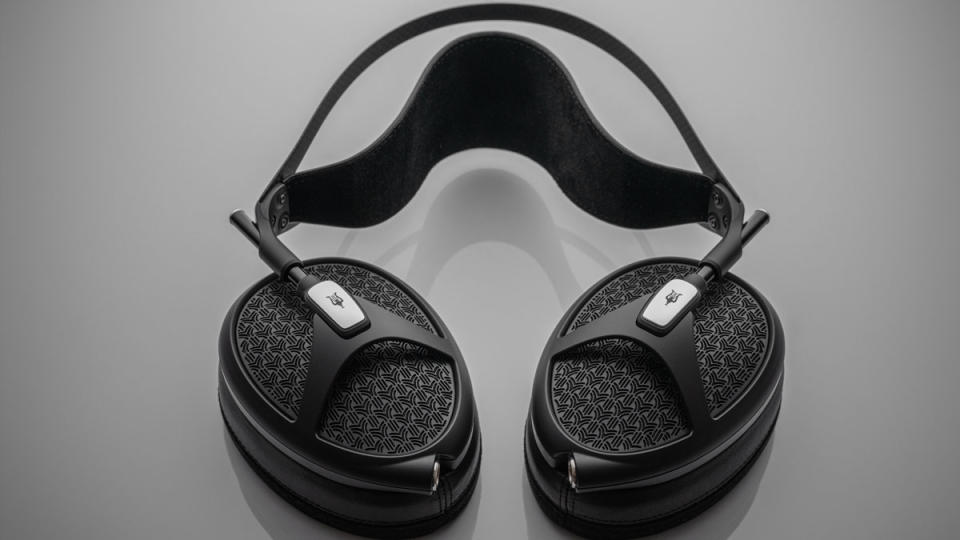
Never has there been more headphone manufacturers playing in the state-of-the-art sandbox as there are now. Since the 1960s, electrostatic models have typically been the first choice for critical listeners. Yet over the past decade, technology has advanced considerably, and while seasoned names like Stax and Sennheiser still make some of the best ‘phones available, a plethora of other brands offer hundreds of models, including electrostatics, planar dynamics, and ribbons, in addition to more conventional designs. Some of these come from unlikely places.
Meze Audio was founded in 2011 by Antonio Meze in his hometown of Baia Mare in the northwest part of Romania. Meze quickly earned a reputation for its headphones’ novel designs and excellent performance. In 2018, Meze began working with Rinaro Isodynamics, a Ukrainian company specializing in planar magnetic drivers since the 1980s. That collaboration has led to the development of the newest Meze headphone, the $3,000 Empyrean II.
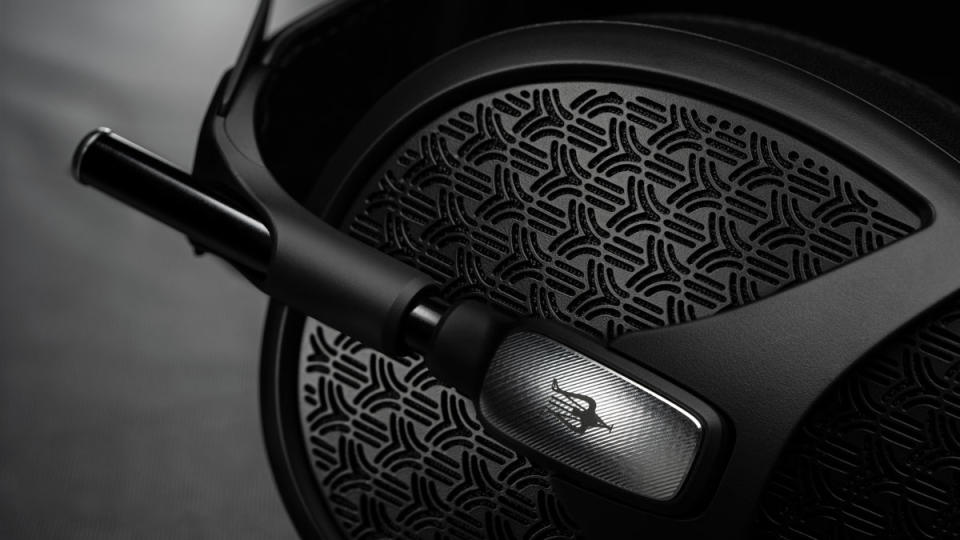
At a relatively lightweight 385 grams (13.5 oz), the matte-black Empyrean II headphones combine a sleek carbon-fiber frame with a leather headrest that supports both oval transducer housings fitted with cushy, circumaural earcups. The housings are made from CNC-milled aluminum, with black metal grilles whose pattern of arched perforations recalls a fine Art Deco motif.
Every field of technical endeavor seeks to invent a better mousetrap, and Meze has attempted this with the Empyrean II by use of Rinaro’s patented Isodynamic Hybrid Array Driver technology. The oval transducer, wider at the top than at the base, is roughly the size of the earcup and occupies the entire driver enclosure. Unlike other planar magnetic transducers, it combines individual switchback and spiral-shaped voice coils in a single matrix, more accurately propagating sound around the natural shape of the ear.
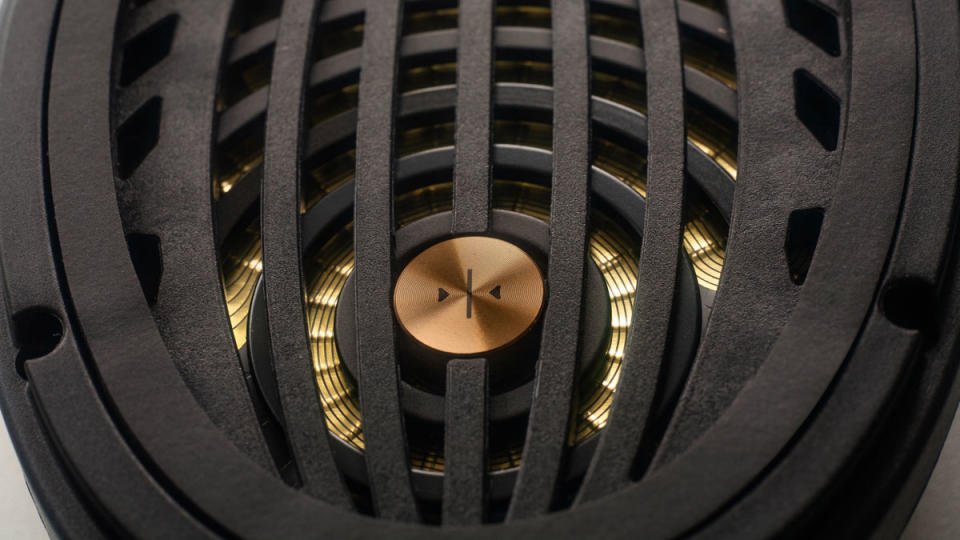
The MZ3 Hybrid Magnet Array places neodymium magnets on either side of Rinaro’s patented Isoplanar diaphragm, a featherweight polymer membrane with a conductive layer weighing only 0.16 g. The whole transducer is sandwiched between two perforated, fiberglass-infused pieces of lightweight ABS plastic.
Music gets into one’s head—literally—when all the technical aspects of a headphone’s design fall by the wayside, and when a holistic sonic landscape unfolds without regard to which kind of transducer produces which frequencies. The Empyrean II’s Rinaro driver combines the best aspects of an electrostatic—transparency, speed, and detail—with bass performance whose substance and authority are hallmarks of the best conventional dynamic drivers.
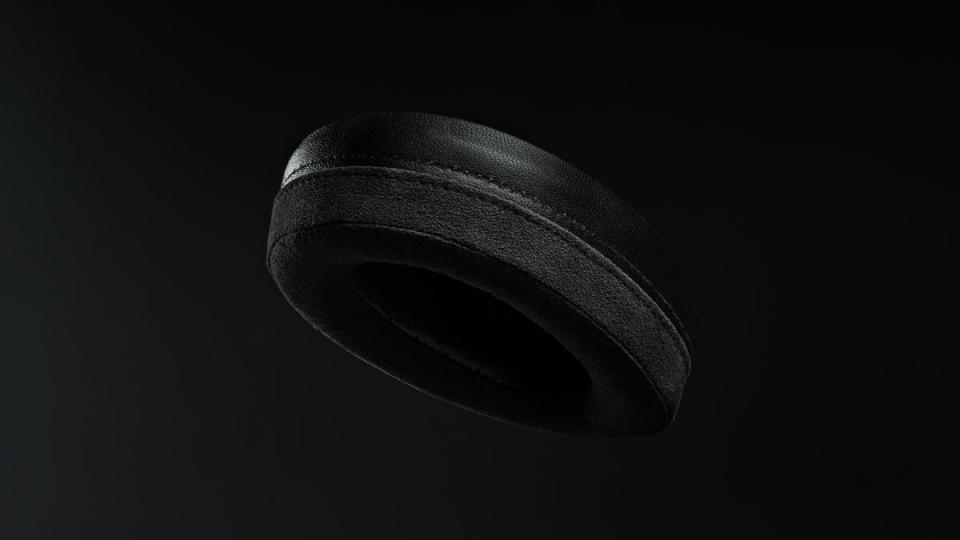
The frequency response is off the charts, extending from a subterranean 8 Hz to 110,000 Hz. While some bats can hear nearly double that frequency, humans—especially old audiophiles—are lucky to bust 15,000 Hz before the shimmer fizzles. Still, ambient artifacts above normal hearing range can mysteriously add air and life to music. And yet, these headphones are never top-heavy, bright, or biting, a characteristic of some otherwise acclaimed top models, and a reminder that retrieval of detail and high-end emphasis can be mutually exclusive traits.
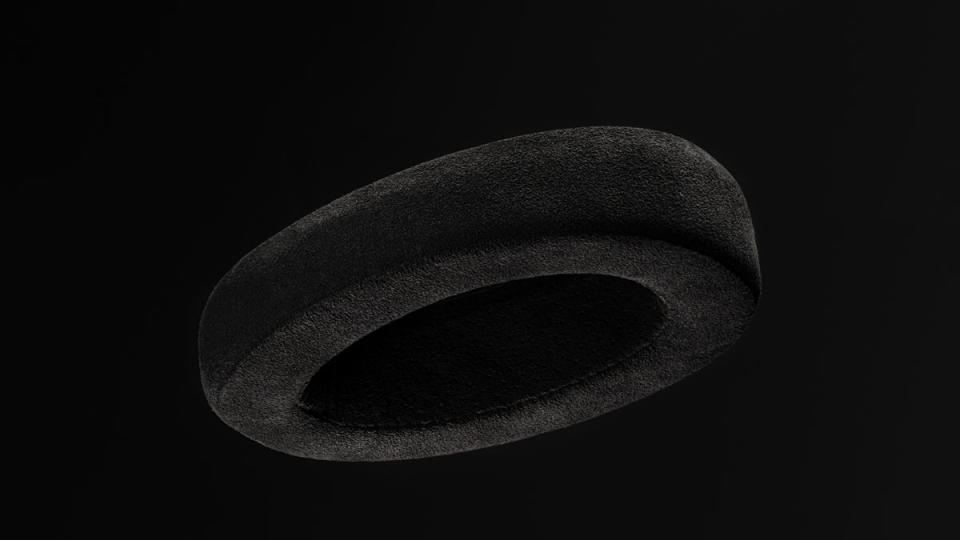
Total harmonic distortion (THD) is virtually inaudible, measuring less than 0.05 percent across the entire frequency range. Rated at 32 ohms and with a sensitivity of 105 dB at 1V, the Empyrean II can deliver an ear-bleeding maximum 130 dB SPL. The manual reminds us that the sound pressure level of a chainsaw averages 105 dB, and a rock concert about 110 dB, exposure to which, for longer than 30-minutes, can do serious damage to one’s hearing.
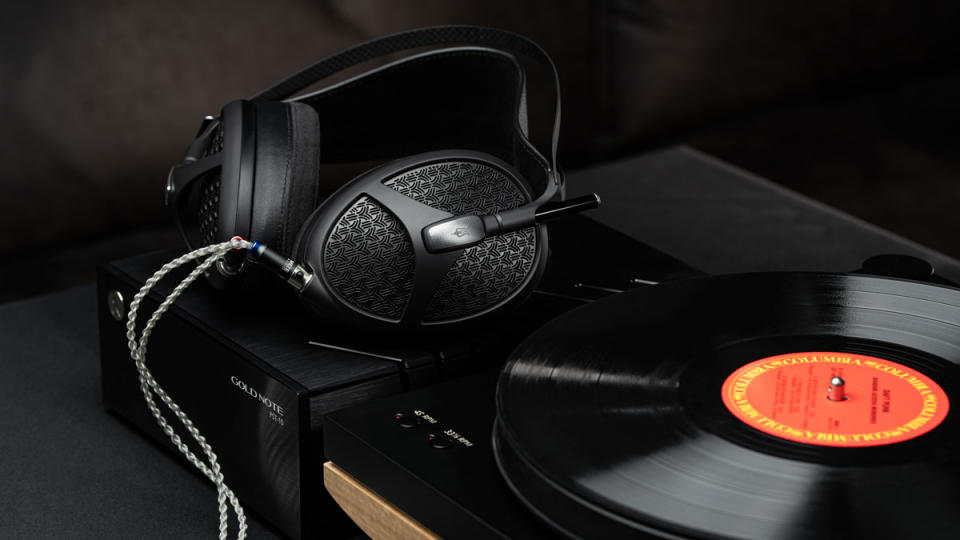
Even the best-performing headphones become a chore to wear if comfort is lacking, making long-term listening impossible. To remedy this, the Empyrean II setup provides the user with a choice of two styles of earpad, each finished in suede-like Alcantara against the ears; the Duo adds black leather on the base half, while the Angled Alcantara pads seem to reveal even greater musical detail. And both options attach magnetically, negating physical connectors.
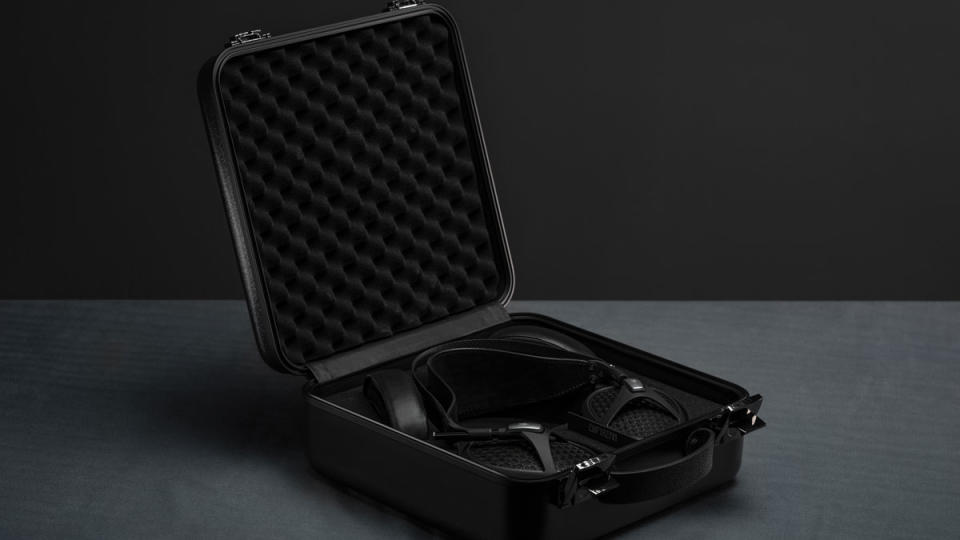
Of course, listeners seeking that last micron of detail resolution might consider going for the Stax SR-X9000 electrostatic headphones instead, though at more than double the price of the Empyrean II, they require a dedicated amplifier as well. As for the Empyrean II, ten optional cable choices are available to connect the ‘phones via a Mini XLR to a variety of terminations.
For travel and storage, there’s a molded, foam-lined shockproof case similar to those reserved for the finest scientific instruments—a fitting descriptor for these precise and remarkably accurate headphones.
Sign up for Robb Report's Newsletter. For the latest news, follow us on Facebook, Twitter, and Instagram.

